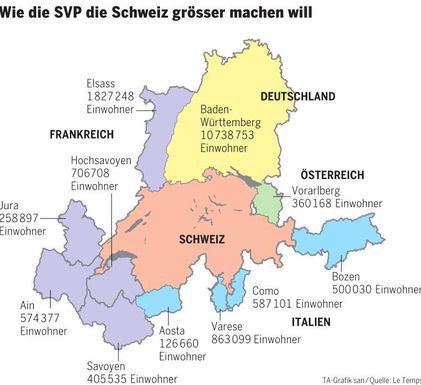I got from worldmappers.com. The site has many world maps distorted for different data, but the data in general is a bit old.
But for comparison, here is the map for the carbon emissions in 1980. Much of the change that occurred in the last 10 years is a continuation of the trend.
I bothered to fix that for you

Anyway, another
Worldmapper:
The population two thousand years ago is estimated to have been 231 million. At this time North and South America were sparsely populated, as was Asia Pacific. The estimated population of New Zealand was zero. Southern Asia, Northern Africa, China and Southern Europe (parts of the same land mass) had relatively high populations. Colder Northern latitudes tended to have lower populations.
The territories that now encompass the Ganges, Tigris, Yangtze, Nile and Po rivers were the most populous.
"
At the time of Spanish conquest in South America, and when Christopher Columbus was exploring Central and South America, the combined population of Mexico and Peru was greater than the total of all other American countries.
The regions with the largest populations remained Southern Asia and Eastern Asia. Together these contained more than half of the world's population.
Worldwide population distribution in 1500 was roughly similar to that in year 1, despite the numbers almost doubling over this period."
"The world population tripled between 1500 and 1900, to an estimated 1564 million. In that period, the populations of the United Kingdom and the United States increased more than ten-fold, the population of the Netherlands increased five-fold. For most of this time the Netherlands were known as the United Provinces; whilst neither the United Kingdom, nor the United States, had been formed.
In 1900 much of the world was under imperial rule, new territorial boundaries were being defined and contested. The borders of Africa shown in this map were mostly drawn at the Treaty of Versaille, in 1919."
"The world population in 1960 was 3 039 million. As is the case today, the populations of China and India are (independently) more than twice as big as that of the next largest territory.
South America has increased its proportion of the world's population living there, since 1900. The Western European proportion of the world population began to decline in 1900 when it was 15%, to 11% in 1960 and then 6% in 2000."
"By 2050 it is estimated that the earth's human population will be 9.07 billion. 62% of the people will live in Africa, Southern Asia and Eastern Asia - numerically this is the same as if all the world's current population lived just in these regions. In addition another 3000 000 000 will be spread across the rest of the world.
All numbers shown here are estimates - estimates are never perfect."
"By 2300 the United Nations forecasts that the global population will be just under 9 billion. World population is expected to rise, peak and then decline slightly between 2050 and 2300. The highest long term population growth is predicted for Africa. Africa is currently underpopulated and has the lowest life expectancies. Other regions' populations are predicted to stay level or decline. Between 2050 and 2300 the areas currently known as India, China, the United States and Pakistan maintain their ranked order as having the world's highest populations. The numbers shown here are estimates - based on predicted future behaviours."













